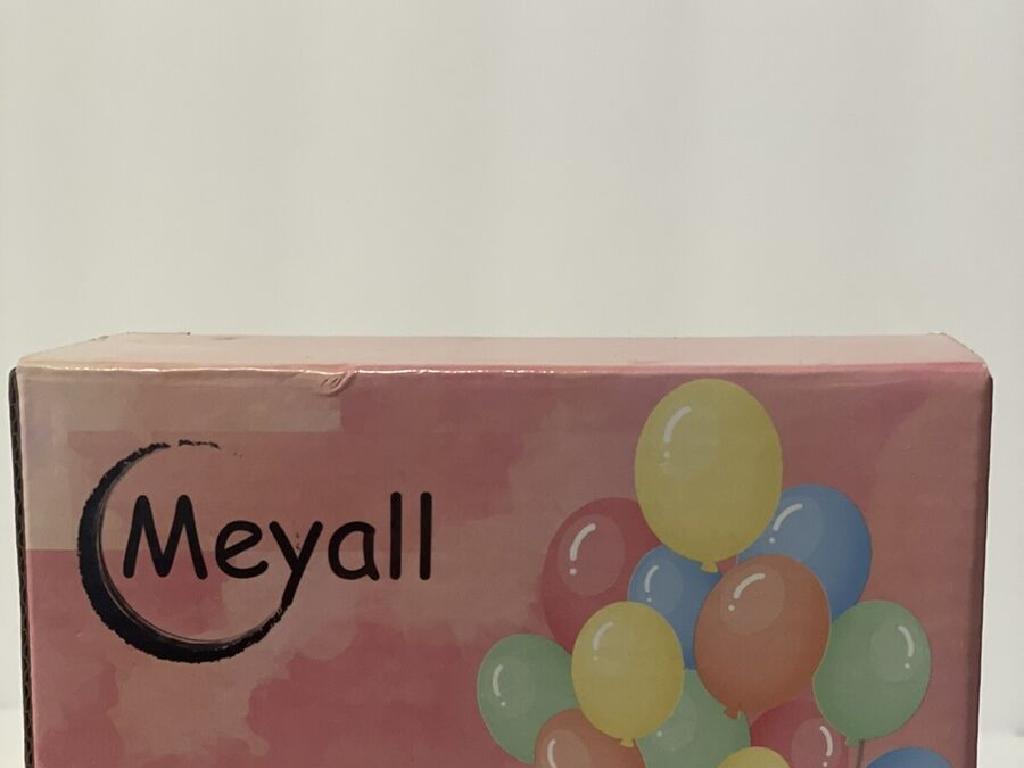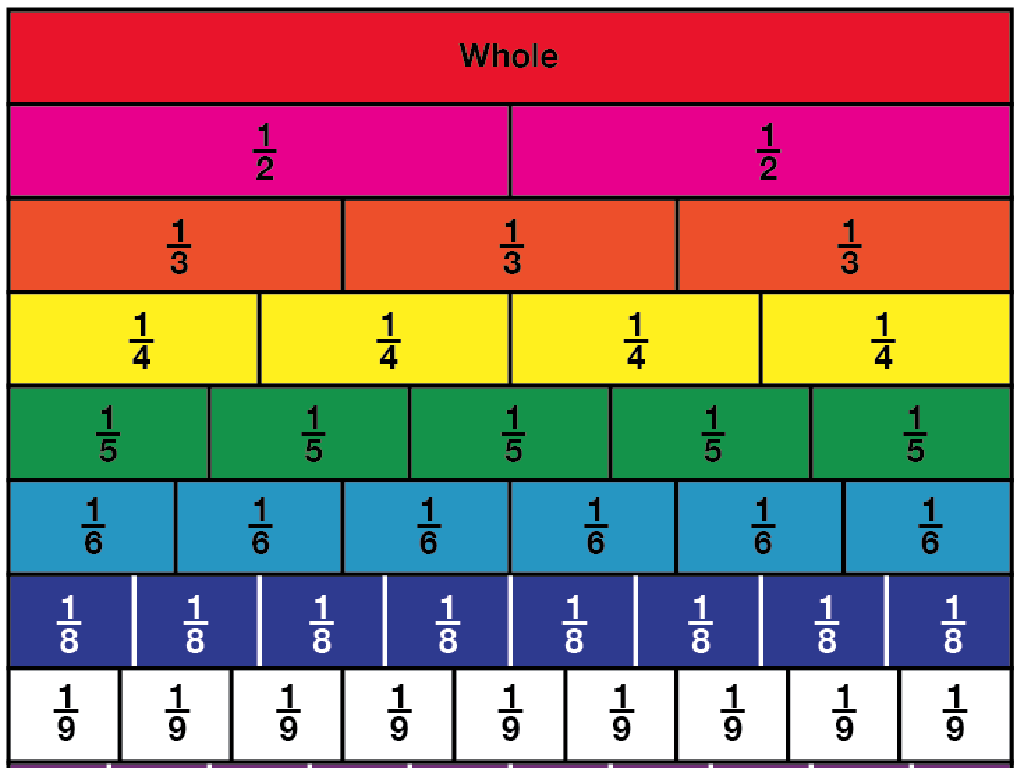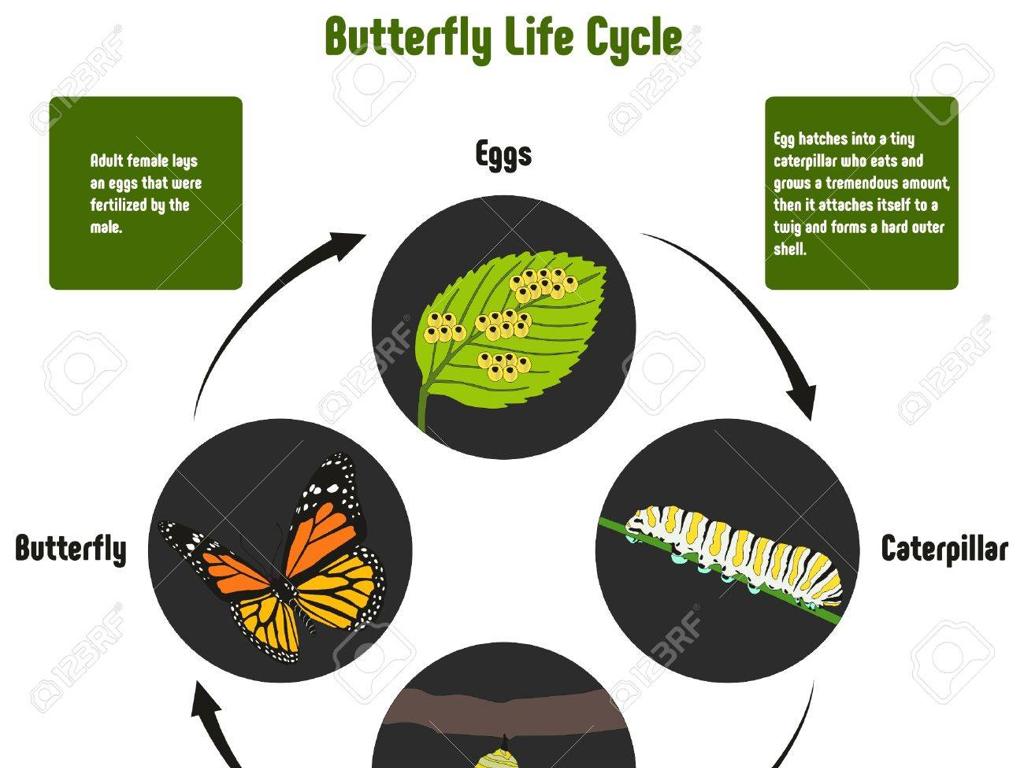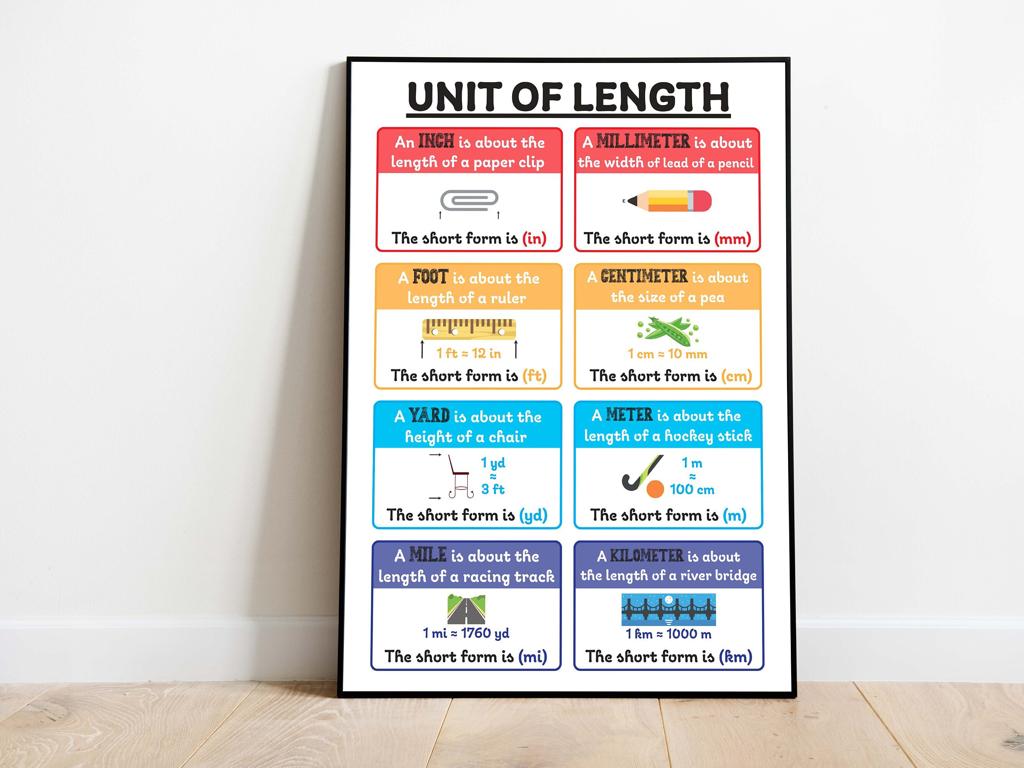Division Facts Up To 10
Subject: Math
Grade: Third grade
Topic: Division Fluency Up To 10
Please LOG IN to download the presentation. Access is available to registered users only.
View More Content
Welcome to Division: Facts up to 10
– What is division?
– Division as equal sharing
– If you have 10 apples and 2 friends, how many does each get?
– Division in daily life
– Used for splitting bills, sharing snacks, and more.
– Practice with numbers 1-10
– Let’s solve 8 ÷ 2 and 9 ÷ 3 together!
|
This slide introduces third graders to the concept of division, emphasizing its practicality in everyday situations. Begin by explaining division as a method of sharing things equally among a certain number of people or groups. Use relatable examples such as dividing food items or toys to illustrate the point. Highlight the importance of division in daily life, such as when splitting bills or sharing resources. Engage the students with simple division problems involving numbers up to 10 to ensure they grasp the concept of dividing equally. Encourage participation by asking volunteers to solve problems on the board and provide guidance as needed.
Understanding Division
– Division is sharing equally
– Imagine splitting cookies evenly with friends
– It creates equal groups
– How many groups can you make with 10 cookies and 2 friends?
– It shows items per group
– With 10 cookies and 2 friends, each gets 5 cookies
– Division is fair sharing
|
This slide introduces the concept of division to third-grade students by relating it to the idea of sharing equally among friends, which is a relatable and tangible example for them. Emphasize that division is about fairness and equality in sharing. Use real-life examples such as sharing cookies to illustrate how division works and to show that it helps us find out how many items each person gets when we divide things evenly. Encourage students to think of division as a way to make sure everyone gets the same amount. You can use props like cookies or blocks in class to demonstrate this concept practically. Ask students to come up with their own examples of sharing items equally to reinforce the concept.
Understanding Division Symbols
– Meet the Division Symbols: ÷ and /
– Example: 10 ÷ 2 explained
– ‘How many groups of 2 make 10?’
– Writing division as 10 / 2
– It’s another way to show division
– Practice with different numbers
– Try 8 ÷ 4 and 6 / 3 on your own
|
This slide introduces the division symbols ÷ and / to the students, helping them recognize that both symbols represent the division operation. Start by explaining that division is a way to find out how many times a number (the divisor) is contained within another number (the dividend). Use the example 10 ÷ 2 to illustrate this concept by asking students how many groups of 2 can be made from 10. Then, show that 10 / 2 is another way of writing the same thing. Encourage students to practice with different numbers to solidify their understanding. For instance, how many groups of 4 are in 8, or how many times does 3 go into 6. This will prepare them for more complex division problems.
Mastering Division Facts Up to 10
– Understand 6 ÷ 2 = 3
– Six cookies shared equally by two friends gives 3 cookies each
– Grasp 8 ÷ 4 = 2
– Eight candies divided among four kids gives 2 candies each
– Practice more division facts
– Division is sharing equally
– Think of division as splitting things into equal parts
|
This slide is aimed at helping third-grade students understand and memorize division facts up to 10 through relatable examples. Start by explaining that division is a way of sharing things equally. Use everyday items like cookies and candies to illustrate this concept, as these are items children can easily relate to. After going through the examples, encourage the students to practice more division facts in class. Provide them with additional examples and let them work in pairs or groups to solve them. This will help reinforce their understanding of division as an equal sharing operation. Make sure to walk around the classroom to assist any students who might need extra help.
Understanding Remainders in Division
– Division may not be even
– Leftovers are remainders
– Example: 7 ÷ 3
– 7 cookies shared by 3 kids, 2 each with 1 left
– Remainders in real life
– Like when sharing snacks or supplies
|
This slide introduces the concept of remainders in division, which occurs when a number cannot be divided evenly. It’s important to explain that the remainder is what is left over after dividing. Use concrete examples like sharing cookies among friends to illustrate this concept. For instance, if you have 7 cookies and you want to share them equally among 3 friends, each friend would get 2 cookies and there would be 1 cookie left over; this is the remainder. Relate the idea of remainders to everyday situations to help students understand and remember the concept. Encourage students to think of other real-life examples where they have experienced remainders.
Let’s Practice Division!
– Solve: 9 ÷ 3
– What number times 3 equals 9?
– Solve: 10 ÷ 5
– What number times 5 equals 10?
– Understand equal sharing
– Division is sharing equally among groups.
– Use division facts up to 10
|
This slide is designed to provide students with practice on division facts up to 10. The first problem, 9 ÷ 3, asks students to find out how many times 3 can fit into 9, which is a basic division fact. The second problem, 10 ÷ 5, is another simple division fact where students determine how many times 5 can fit into 10. Remind students that division is about equal sharing, for example, if we have 9 apples and want to share them equally among 3 friends, how many apples does each friend get? Encourage students to use their knowledge of multiplication facts to find the answers. Provide additional similar problems for students to solve and reinforce the concept of division as equal sharing.
Fun with Division: Games to Learn
– Play Division Bingo
– Match division answers to your Bingo card
– Engage in Division Race
– Solve facts quickly to win the race!
|
This slide introduces two engaging classroom activities designed to help students practice division facts up to 10. For Division Bingo, prepare Bingo cards with answers to division problems. As you call out division questions, students will mark the answers on their cards. The first to complete a line wins. In Division Race, set up a ‘race track’ on the board. Students solve division problems to advance their game piece. These activities provide a fun, competitive way to reinforce division fluency. Tailor the difficulty of problems to match student ability levels and ensure everyone can participate and practice effectively.
Class Activity: Division Skit
– Create a skit on dividing treasure
– Work in groups for equal division
– Each group presents a division story
– Understand division through acting
– Acting out division helps visualize sharing equally
|
This interactive class activity is designed to help students understand the concept of division by visualizing and acting out the process of dividing a number of items equally. Divide the class into small groups and assign each group a different number of gold coins (use props or drawings) to be divided among a set number of pirates (students in the group). Each group will create a short skit that demonstrates how they would divide their treasure equally, and then present their story to the class. This will not only reinforce the concept of division but also encourage teamwork and creativity. Possible variations for different groups could include dividing by different numbers, dealing with remainders, or using different division scenarios. The teacher should prepare to guide the students through the process, ensuring that each group understands the division task and can execute it in their skit.
Review and Homework: Division Facts Mastery
– Review today’s division facts
– Homework: Division Facts Worksheet
– Practice with problems up to 10
– Next class: Check homework
– We’ll review the worksheet together
– Next class: Learn more division facts
– Get ready for more division fun!
|
This slide is meant to wrap up today’s lesson on division facts up to 10 and to set expectations for homework and the next class. The homework reinforces today’s learning and prepares students for advancing their division skills. In the next class, we will review the homework to ensure understanding and introduce new division facts to build on their fluency. Encourage students to attempt the worksheet independently but remind them that it’s okay to ask for help if needed. The goal is to build confidence and mastery in division facts.





